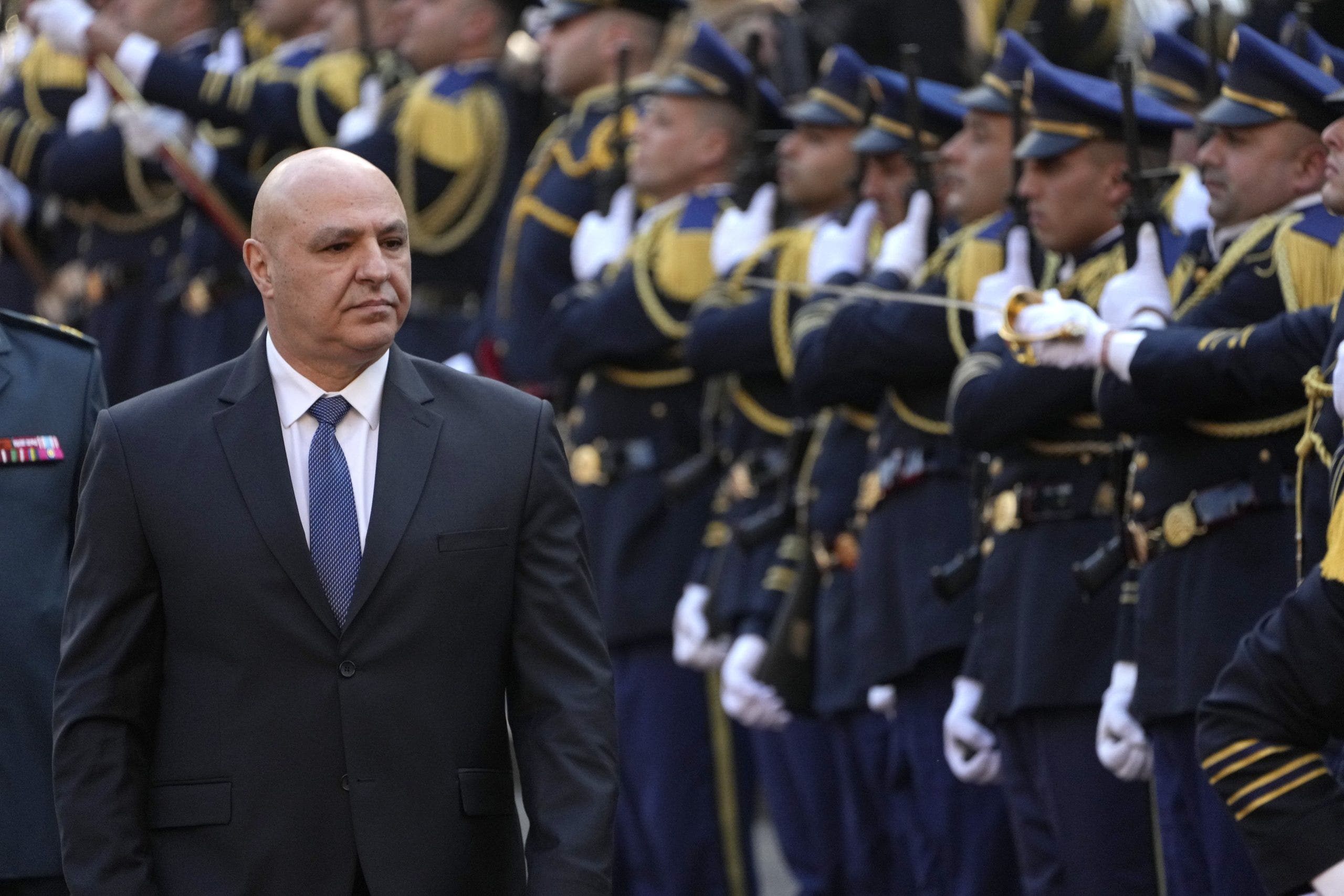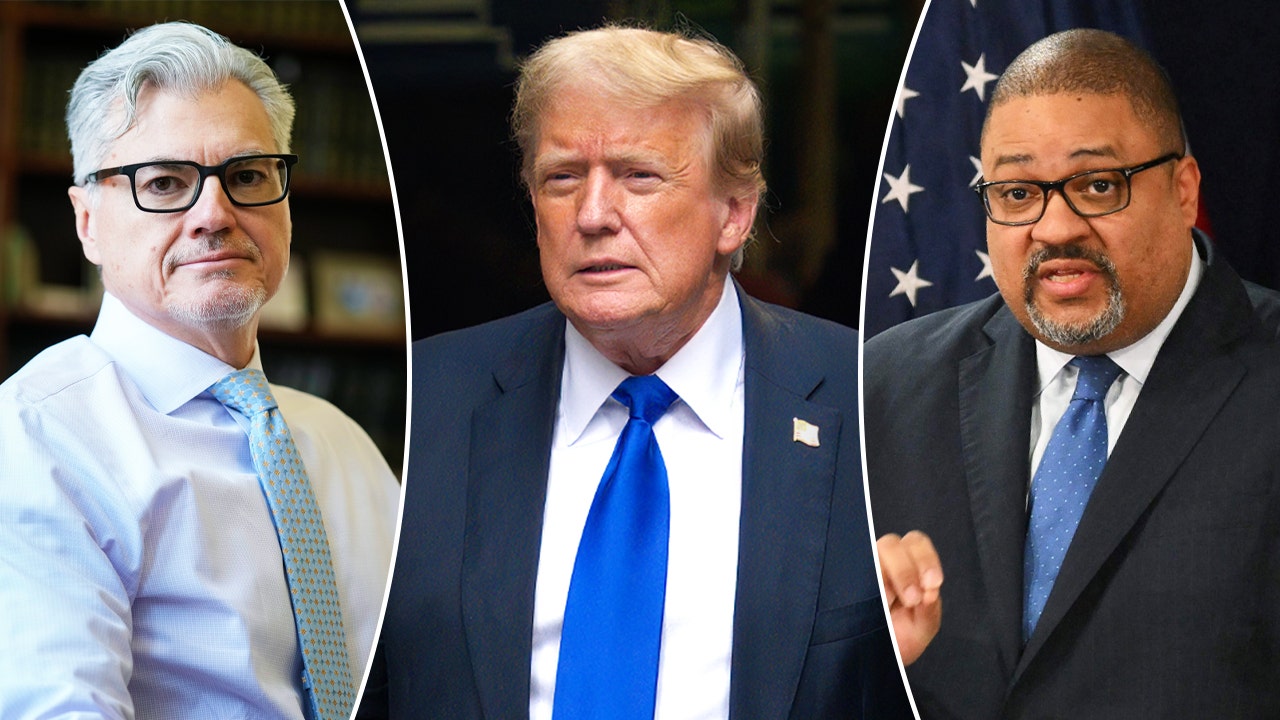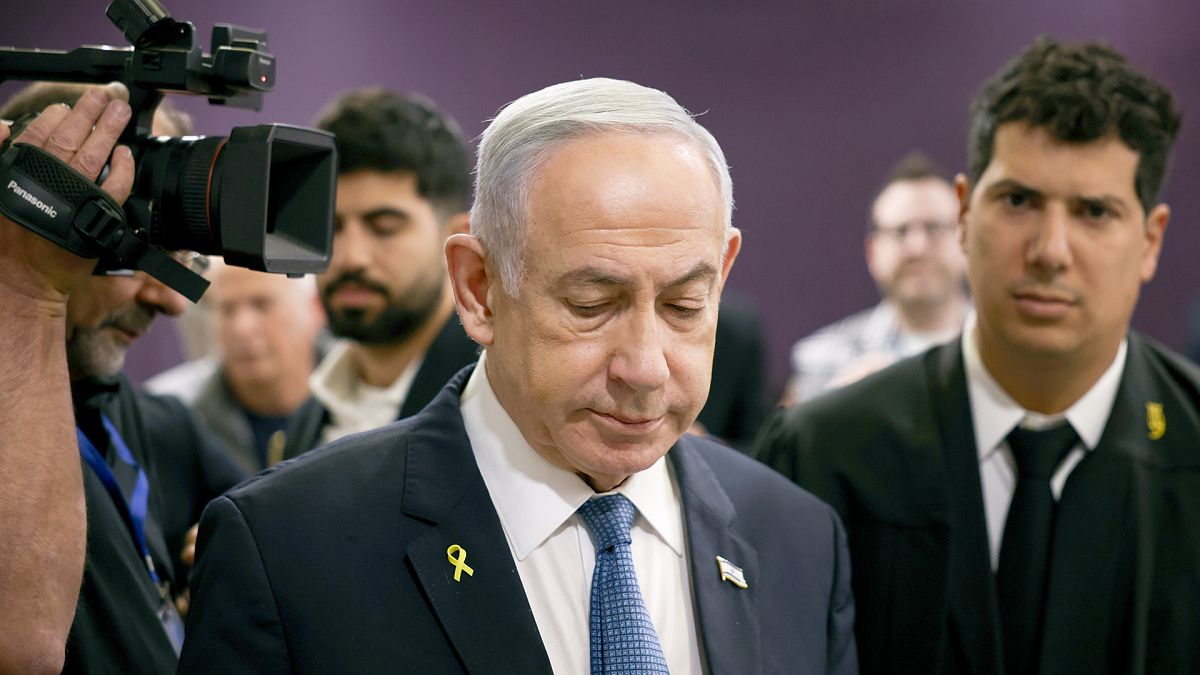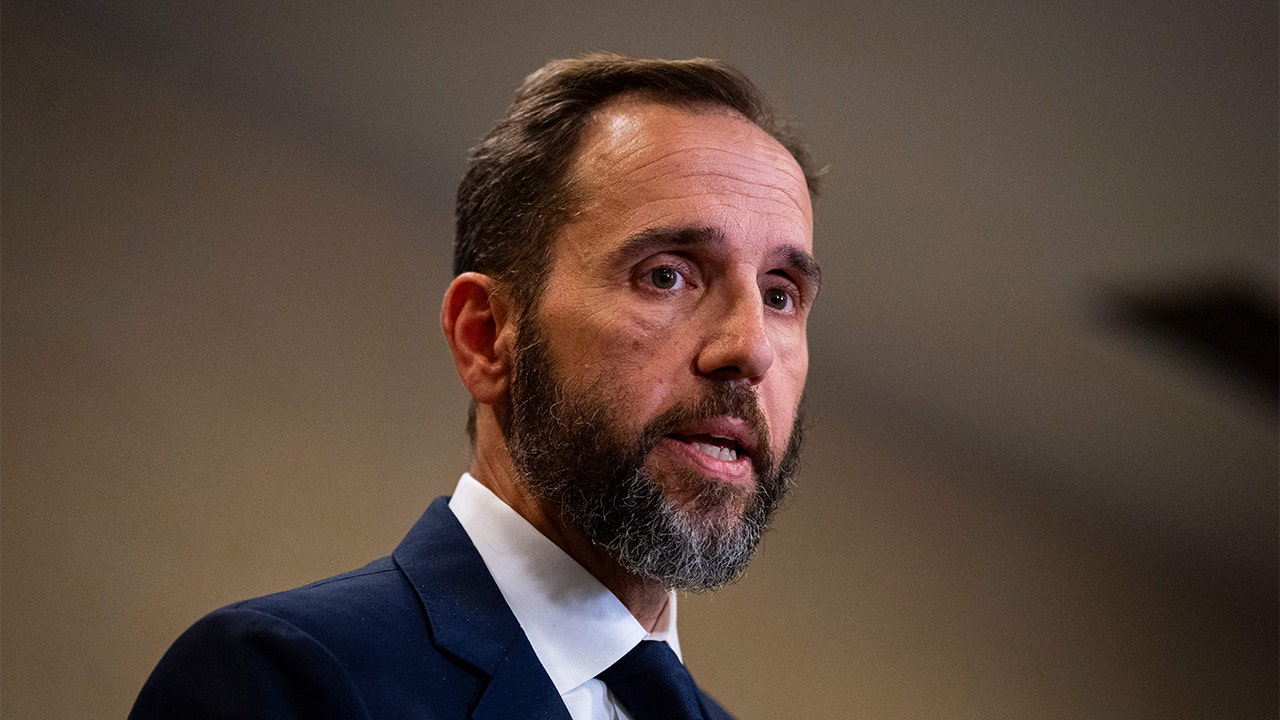Idaho
Idaho survivor of a mass shooting demanding action after Uvalde tragedy
“I don’t think our bodies are prepared or wired to deal with that level of trauma, even more than the event itself is the aftermath, the ripple effect.”
BOISE, Idaho — Tara Marie has lived most of her life in Idaho. In 2017 she attended the Route 91 Harvest music festival in Las Vegas, where 58 people were killed in a shooting.
“I don’t think our bodies are prepared or wired to deal with that level of trauma, even more than the event itself is the aftermath, the ripple effect,” Marie said.
Marie says five years later, she’s reminded of the shooting daily.
“I feel like I have healed the part of me that goes back to the shooting that I personally experienced, but I can’t erase the memory of it, I can’t erase the sounds and the images and the emotion of it,” she said. “What gets to me every time another mass shooting happens, is because I feel that, I lived that, I remember it I hear it, and feel it.”
Marie is still in touch with her friends whom she attended the concert with. She said everyone grieves differently. For her, every time a shooting takes place, she is triggered.
“You can take medication and counseling and I’ve done all that, but every single time it happens, I bury my head in the sand, which I am very ashamed of and I declare a mental health day and I take really good care of myself that day and I let my emotions process, and then I put my head back in the sand,” she said. “But it’s gotten so frequent now that I don’t even have time to put my head back in the sand before another one rips through.”
Marie said, on Friday she reached a breaking point.
“Last Friday morning I took my son to school which now feels like I’m dropping him off at a battleground but that morning when my alarm went off and I woke up, I was in the middle of a mass shooting in my dream,” she said.
“My whole world just started going dark, I actually ended up finding my way to my medicine cabinet and I almost ended my life, literally the only reason I am still sitting here today is because right before I did it, I remembered that I have five children, five.”
Marie said she spent Memorial Day weekend in the psych hold on suicide watch.
“I just want the right to be alive, I just want the right for my children to be alive because for me if we don’t have the fundamental right to be alive and be safe, none of the other rights matter,” she said. “I want my children to be able to grow up, I want this earth to be a place where they can live and love and find joy.”
Marie said in order to stop mass shootings, it takes effort from all sides.
“We have to sit down together, we have to all say, we have a right, we all do, we have a right to be alive,” she said. “The more shootings that happen the more survivors we have how many survivors is it going to take to make our voice loud enough, I don’t know what the answers are but doing nothing is not one of them.”
See the latest news from around the Treasure Valley and the Gem State in our YouTube playlist:

Idaho
Legislative committee introduces bill to address DEI programs at colleges and universities in Idaho

BOISE, Idaho — An Idaho legislative committee is reviewing a draft bill titled the “Freedom of Inquiry in Higher Education,” presented by Republican Senator Ben Toews. The proposal aims to remove diversity, equity, and inclusion (DEI) offices from state-funded colleges and universities and redirect those resources to academic support programs for all students.
“My goal is to work together with our higher education partners to move us in the right direction of guaranteeing the freedom of speech and freedom of thought, which I actually believe we all desire to have on our college campuses,” Toews said.
The drafted bill would prohibit public universities from funding or supporting identity-based DEI offices, with the exception of tribal centers. It would also prevent schools from requiring students to take DEI courses unless they are part of a chosen academic program.
Toews said the bill is modeled after policies in other states.
“We’re looking for what’s worked in other places to attempt to make sure that our universities and higher education institutions have that freedom of thought that we want,” he said.
However, Senate Minority Leader Melissa Wintrow, a Democrat, criticized the proposal, saying the committee’s focus is misplaced.
“It doesn’t feel like a productive working group. And in fact, it’s really troubling that we’re spending this amount of time and resources on talking about something that the government really shouldn’t have a role in,” Wintrow said. “We should really be focusing on what’s important to students—and that’s affordability, making sure they can pay for school, get to school, find a place to live and study and thrive.”
Josh Whitworth, executive director of the Idaho State Board of Education, said it’s important to support all students without isolating specific identity groups.
“The question is, as an institution, we want to make sure that the services that they need are not focused down on their identity, but focused on what they need,” Whitworth said. “The idea is don’t just create little groups. How do you give the support of all students to engage together and really create that holistic environment?”
The committee will continue reviewing the draft bill in the coming weeks.
Idaho
A 5% raise could be coming to most Idaho state workers

Most Idaho state employees could see about a 5% raise come July in a recommendation approved by a legislative committee Thursday.
Specifically, the proposal calls for a $1.55 hourly pay bump. That works out to at least a 5% raise for those earning less than $64,500 annually.
Democrats on the Change in Employee Compensation Committee, like Sen. Janie Ward-Engelking (D-Boise), voted against the measure, saying it didn’t go far enough – especially for higher paid workers.
“I’m worried that they’re not even going to keep up with the cost of living and that’s really a problem for me,” Ward-Engelking said.
After experiencing some of the highest rates of inflation in the country in 2022, prices in the Mountain region rose just 1.7% from November 2023 to November 2024.
The latest data from an Idaho Department of Human Resources labor market study show state workers here, on average, earn 15.1% less than the median wage of public and private sector employees in the region.
That’s also factoring in healthcare and retirement benefits, which are more generous than the private sector.
Base salaries across Idaho state workers are 25.1% below average compared to the median regional public and private sector employees.
The CEC Committee approved an 8% pay raise for Idaho State Police troopers to help retain and recruit more officers.
“It takes years of training and expense to produce a trooper with the experience to handle all the things that a trooper has to handle and this has become, in my opinion, a public safety issue,” said Sen. Dan Foreman (R-Viola).
Nurses and healthcare staff would get a 3% raise under the plan, with IT workers earning up to 4.5% pay hikes.
The Joint Finance and Appropriations Committee will consider the recommendation before finalizing a bill.
Copyright 2025 Boise State Public Radio
Idaho
After receiving support during Idaho's wildfire seasons, our firefighters are headed to California • Idaho Capital Sun

Idaho firefighters are making their way to assist and protect communities threatened by wildfires burning in the greater Los Angeles area in southern California.
More than 100,000 people have been evacuated from their homes, and at least five fires are burning covering more than 45 square miles there, according to NBC News.
The state of Idaho is mobilizing five task forces in a response to a request from the California Governor’s Office of Emergency Services through the Emergency Management Assistance Compact, according to a press release from the Idaho Office of Emergency Management.
“The Idaho Office of Emergency Management and the Idaho Fire Chiefs Association have coordinated efforts to evaluate available resources across the state,” and ” stand ready to provide additional assistance as needed,” the press release said.
As of Wednesday evening, 104 firefighters and 25 fire engines from Idaho were preparing to deploy this morning to support California’s response efforts, and the task forces are set to arrive in southern California on Friday, the press release stated. The task forces were mobilized from fire agencies throughout the state, including personnel from the city of Emmett and Kootenai County, as well as the Idaho National Laboratory in southern Idaho.
“Emergencies like these remind us of the critical importance of teamwork and mutual aid,” said Idaho Fire Chiefs Association President Kirk Carpenter in the release. “Idaho firefighters are prepared to join the fight in California, standing shoulder to shoulder with our partners to protect communities in harm’s way.”
The assistance compact has been invaluable to states facing wildfire, “ensuring that states can rely on each other during crises,” said Idaho Office of Emergency Management Director Brad Richy said in the release.
“After receiving support during our own wildfire seasons, Idaho is proud to return the favor by providing resources and personnel to help protect California’s communities,” he said.
The Emergency Management Assistance Compact was ratified by the U.S. Congress (Public Law 104-321) in 1996 and applies to all 50 states, the District of Columbia, Puerto Rico, Guam, the U.S. Virgin Islands, and the Northern Mariana Islands. The compact’s members can share personnel and resources from all disciplines, protect personnel who deploy to emergencies and be reimbursed for mission-related costs, according to the compact’s website.
“The EMAC is a vital interstate compact that provides a proven mutual aid framework allowing states to share resources during times of disaster or emergency,” the release stated. “All costs associated with deploying resources under EMAC are paid for by the requesting state.”
YOU MAKE OUR WORK POSSIBLE.
-

 Business1 week ago
Business1 week agoThese are the top 7 issues facing the struggling restaurant industry in 2025
-

 Culture1 week ago
Culture1 week agoThe 25 worst losses in college football history, including Baylor’s 2024 entry at Colorado
-

 Sports1 week ago
Sports1 week agoThe top out-of-contract players available as free transfers: Kimmich, De Bruyne, Van Dijk…
-

 Politics1 week ago
Politics1 week agoNew Orleans attacker had 'remote detonator' for explosives in French Quarter, Biden says
-

 Politics1 week ago
Politics1 week agoCarter's judicial picks reshaped the federal bench across the country
-

 Politics6 days ago
Politics6 days agoWho Are the Recipients of the Presidential Medal of Freedom?
-

 Health5 days ago
Health5 days agoOzempic ‘microdosing’ is the new weight-loss trend: Should you try it?
-

 World1 week ago
World1 week agoIvory Coast says French troops to leave country after decades


/cdn.vox-cdn.com/uploads/chorus_asset/file/25825427/2192342441.jpg)










